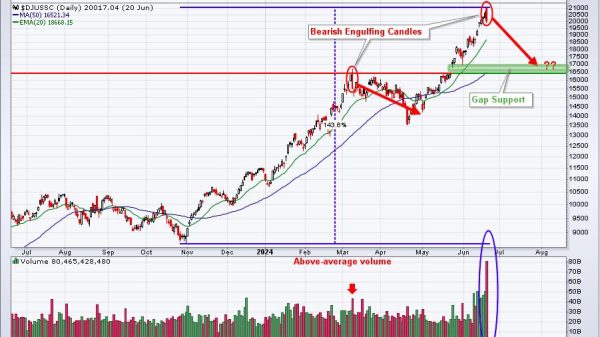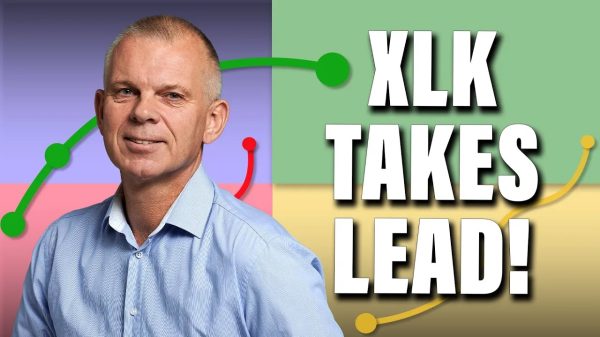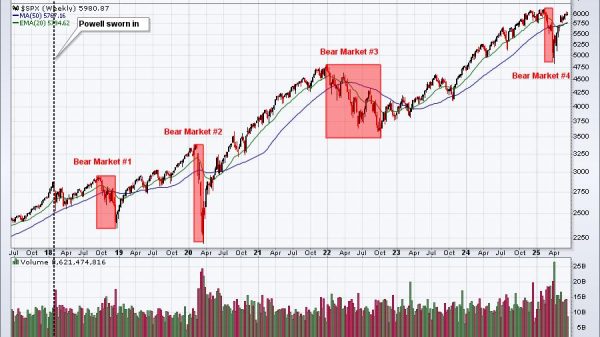The Best Momentum Indicators for Day Trading
Are you interested in momentum indicators? We have good news for you. This article is about the best momentum indicators for day trading.
Momentum indicators are essential tools for day traders as they help identify potential trend reversals, confirm trends, and assess the strength of price movements in financial markets.
In this article, we will explore the concept of momentum indicators and discuss some of the best momentum indicators for day trading.
What is a momentum indicator?
A momentum indicator is a technical analysis tool used in financial markets to assess the speed and strength of a price movement.
Interestingly, it helps traders and investors gauge the rate at which an asset’s price changes, providing insights into potential trading opportunities.
Momentum indicators are based on the principle that once a trend is established, it is likely to continue in the same direction for some time.
These indicators are valuable because they can help traders identify overbought or oversold conditions, potential trend reversals, and divergences between price and momentum. They are typically plotted on a chart below the main price chart and are often used in conjunction with other technical analysis tools to make informed trading decisions.
Momentum indicators are primarily used to accomplish the following objectives:
Trend confirmation: Traders use momentum indicators to confirm the strength of an existing trend. When the momentum indicator aligns with the direction of the price trend, it suggests that the trend is strong and likely to continue.
Overbought and oversold conditions: Momentum indicators can signal when an asset is overbought (likely to reverse lower) or oversold (likely to reverse higher). These signals can be valuable for identifying potential entry or exit points.
Divergence detection: Momentum indicators detect divergences between the indicator and the price chart. Divergences can be early warning signs of a trend reversal.
Trading signals: Traders often use momentum indicators to generate trading signals, such as buying when the indicator crosses above a certain threshold and selling when it crosses below.
Best momentum indicators
Now that we have a basic understanding of momentum indicators let’s explore some of the best momentum indicators for day trading:
1. Relative strength index (RSI):
The relative strength index (RSI) is one of the most popular momentum indicators. It measures the speed and change of price movements and oscillates between 0 and 100. An RSI value above 70 is often considered overbought, suggesting a potential reversal lower, while an RSI value below 30 is considered oversold, indicating a potential reversal higher.
2. Moving average convergence divergence (MACD):
The Moving Average Convergence Divergence (MACD) is a versatile momentum indicator that consists of two lines: the MACD line and the signal line. Traders look for crossovers between these lines as signals of potential trend changes. Additionally, the MACD histogram can help identify the strength of the momentum.
3. Stochastic oscillator:
The Stochastic Oscillator measures the relationship between a closing price and its price range over a specific period. It oscillates between 0 and 100 and is used to identify overbought and oversold conditions. Crosses above 80 signal overbought conditions, while crosses below 20 signal oversold conditions.
4. Relative momentum index (RMI):
The relative momentum index (RMI) is a lesser-known momentum indicator that combines elements of the RSI and the Stochastic Oscillator. It is designed to provide more accurate and responsive signals for day traders.
5. Average directional index (ADX):
The average directional index (ADX) measures the strength of a trend rather than its direction. It ranges from 0 to 100, with values above 25 indicating a strong trend. Traders often use ADX in conjunction with other indicators to filter out weak trends.
Now that we’ve discussed some of the best momentum indicators for day trading let’s delve deeper into the significance of momentum indicators in trading.
The significance of momentum indicators in day trading
Momentum indicators play a crucial role in the toolkit of day traders. They offer valuable insights into the dynamics of price movements, helping traders make informed decisions in fast-paced markets. In this section, we will explore the significance of momentum indicators in day trading in detail.
1. Identifying trend strength:
One of the primary roles of momentum indicators in day trading is to help traders identify the strength of a trend. Momentum indicators can confirm whether a trend is robust or weakening. When the indicator aligns with the direction of the price trend, it suggests that the trend has momentum and is more likely to continue. This confirmation can be particularly useful for day traders looking to ride trends for quick profits.
2. Detecting overbought and oversold conditions:
Momentum indicators are adept at identifying overbought and oversold conditions in the market. These extreme conditions can be harbingers of trend reversals or pullbacks, making them essential for day traders.
The RSI and Stochastic Oscillator, for instance, have overbought and oversold levels typically set at 70 and 30, respectively. When these indicators cross above 70, it suggests that the asset may be overbought, and a reversal could be imminent. Conversely, when they dip below 30, it suggests that the asset may be oversold, signaling a potential buying opportunity.
Day traders can use these signals to enter or exit positions strategically. For instance, if the RSI crosses above 70 and the price shows signs of weakness, it may be a good time to consider shorting the asset.
3. Generating trading signals:
Momentum indicators are frequently used to generate trading signals. These signals can guide day traders in making buy or sell decisions.
Day traders need to be cautious when relying solely on momentum indicator signals. It is advisable to use them in conjunction with other forms of analysis, such as chart patterns, support and resistance levels, and fundamental analysis, to confirm trading decisions.
4. Managing risk:
Momentum indicators also serve as risk management tools for day traders. By identifying potential trend reversals, overbought or oversold conditions, and divergences, these indicators can help traders protect their capital and minimize losses.
Day traders can stay disciplined and avoid emotional decision-making by using momentum indicators as part of a comprehensive risk management strategy.
5. Adapting to different market conditions:
One of the advantages of momentum indicators is their adaptability to different market conditions. These indicators can provide valuable insights into whether the market is trending strongly, consolidating, or experiencing high volatility.
In strong trending markets, day traders can use momentum indicators to ride the trend and maximize profits. Also, In range-bound or consolidating markets, momentum indicators can help identify potential breakout points and In volatile markets, these indicators can signal overbought or oversold conditions, helping traders navigate price swings.
In conclusion, momentum indicators are indispensable tools for day traders. They offer valuable insights into price dynamics, trend strength, overbought and oversold conditions, and potential trend reversals. While they are powerful tools, it’s essential for day traders to use momentum indicators in conjunction with other forms of analysis and risk management techniques to make well-informed trading decisions.
Successful day trading requires a deep understanding of how to interpret and apply momentum indicators effectively. Traders should also continually refine their strategies, adapt to changing market conditions, and practice discipline to achieve consistent profitability in the dynamic world of day trading.
The post The Best Momentum Indicators for Day Trading appeared first on FinanceBrokerage.























